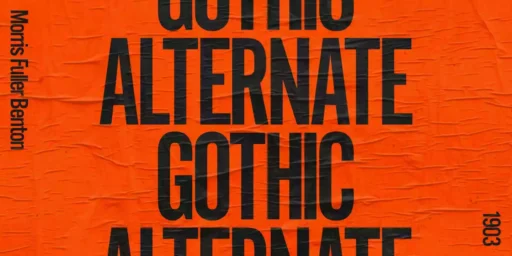Antique Olive is one of the ever-favorite font in the design community, and it has been popular for many years now. It is a unique style that incorporates both traditional and contemporary features, which makes it appropriate for different designs. Antique Olive, with its characteristics and history, is still a widely used font in print and electronic formats. This article aims to give detailed information on the topic of Antique Olive, including its history, properties, uses, and possibilities of similar products.
History of Antique Olive
Antique Olive was launched in 1962 by the French typographer Roger Excoffon and was developed as a response to other common sans-serif fonts, such as Helvetica and Univers. Excoffon was one of the most progressive typographers of his time, which is why he developed a font that was elegant yet bold. The type font bears the characteristics of the classical Didone typefaces in that the horizontal elements are bolder than the vertical ones in reverse contrast. This is one key feature that differentiates it from other sans-serif fonts and gives it much-needed individuality.
Features of Antique Olive
The most distinctive aspect of Antique Olive Antique Olive is the use of backward contrast strokes. This design aspect gives the impression of style and sophistication in a way that is rather unconventional. The design of the font’s letters is quite simple and strictly geometrical, with clear outlines and open apertures. Antique Olive also comes in a number of weights, from the lightest to the boldest, thus making it versatile to use. The font has a large character set that contains ligatures, alternate glyphs, and small caps, which add to the font’s flexibility.
Usage
Antique Olive is suitable for use in headlines, logos, and other display purposes. Due to its high contrast and clear lettering, it is perfect for attracting attention and giving a impression of confidence. This font can be applied in fashion, advertising and publishing industries due to its flexibility. Several big companies have used Antique Olive in their logos, such as Air France, Peugeot, and Bic. Besides the commercial application, Antique Olive is also popular among architects and designers for their personal use and artistic purposes.
Similar Fonts to Antique Olive Font
There are several other fonts that could be used in place of Antique Olive since it is quite a special font; the following are some of them. Some popular options include:
Cooper Black: A typeface that is courageous, has a strong character, and has an individual style.
Bookman Old Style: This is a traditional serif font that gives a welcoming aura.
Bodoni: A high contrast serif font that has a very elegant style to its lettering.
Gill Sans: A humanist sans-serif font of approachable personality with functional, almost utilitarian, forms.
Antique Olive Font Free Download










FAQ’s
Is Antique Olive a free font?
It is a commercial font and the licenses are available for purchase from different type foundries. However, there are some websites that provide free downloads of similar fonts that can be used for personal purposes only.
Is it possible to use Antique Olive for web design?
Yes, you can use it for web design, either by including the font files or by using web font services. It is important to obtain the proper licenses for web usage.
Can Antique Olive be used for paragraphs?
Yes, you can use it for body text, although sparingly; its main application is in headlines and display text. Its reverse contrast strokes can be a drawback when using large blocks of text as it becomes hard to read.
What other fonts can work well with Antique Olive?
Antique Olive complements other traditional and contemporary fonts in design. Some of them are Garamond, Futura, Avenir, and Proxima Nova.






